Cats are mysterious creatures, often leaving us guessing about their behavior. However, when they feel emotionally secure, their true personalities shine through. Understanding these habits is key to ensuring your furry friend feels safe and content. Let’s uncover these unique habits that only surface in emotionally safe environments.
Purring More Frequently
One of the most heartwarming sounds a cat makes is purring. In an emotionally safe environment, cats tend to purr more frequently and for longer periods. Purring is not just a sign of happiness; it’s a way for cats to communicate comfort and contentment. When a cat feels secure, it will often purr while being petted or even when simply resting near its owner. This soothing sound is comparable to a human humming when content. Observing your cat purring around you is a sign that they feel relaxed and safe in your presence.
Showing Their Belly
A cat exposing its belly is a gesture of ultimate trust. In the wild, a cat’s belly is its most vulnerable area. Therefore, when a cat rolls over and shows you its belly, it’s expressing that it doesn’t feel threatened. This behavior is akin to a person giving a warm hug, signifying trust and affection. In emotionally safe environments, cats are more likely to flop over and bask in the sun, completely comfortable in their surroundings. You might also notice them stretching out and relaxing, displaying their belly as a sign of peace.
Slow Blinking
If you’ve ever caught your cat slowly blinking at you, consider it a feline kiss. Slow blinking is a way cats show affection and trust towards their human companions. In emotionally secure environments, cats will often engage in this behavior to communicate their comfort and contentment. It’s a subtle yet powerful gesture, much like a gentle nod of agreement between friends. When you notice your cat slow blinking, try mimicking the behavior to reinforce their sense of safety and security.
Head Butting
A cat head butting you is a sign of deep affection and trust. Known as “bunting,” this behavior involves a cat gently pressing its head against you. Cats have scent glands on their heads, and by head butting, they are marking you with their scent, essentially claiming you as part of their territory. In a secure environment, cats will frequently engage in this behavior, showing their acceptance and love. It’s similar to a human handshake, a sign of recognition and bond.
Following You Around
Cats are often perceived as independent creatures, but in emotionally safe environments, they may surprise you by becoming your shadow. When a cat follows you from room to room, it’s an indication of their curiosity and affection. Much like how a child follows a parent, cats enjoy being near those they trust. This behavior shows that they feel secure enough to explore alongside you, wanting to be part of your daily activities and routines.
Vocalizing More Often
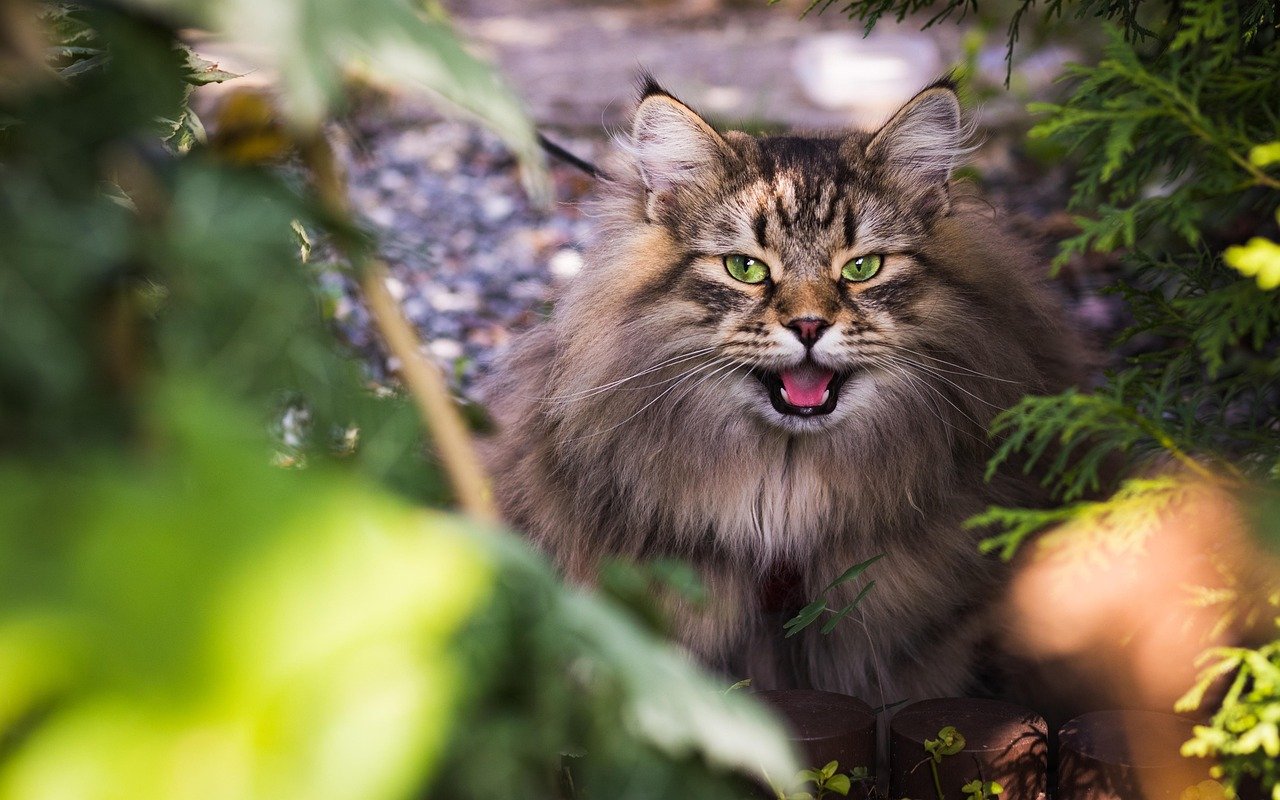
Cats are known for their unique vocalizations, and in emotionally safe environments, they tend to become more vocal. This doesn’t mean incessant meowing but rather a variety of sounds that express their mood and needs. Cats may chirp, trill, or even emit soft meows to communicate with their owners. This increased vocalization is a sign of their comfort in expressing themselves, similar to how humans chat with friends when they feel relaxed. Paying attention to these sounds can reveal much about your cat’s emotional state.
Grooming Themselves in Your Presence
Grooming is a natural behavior for cats, but when they do it in your presence, it’s a sign of trust. In emotionally safe environments, cats will often groom themselves when they’re near you, indicating they feel secure enough to let their guard down. It’s akin to a person feeling comfortable enough to relax and unwind with a loved one. This behavior shows that your cat sees you as part of their safe space, allowing them to be at ease while maintaining their cleanliness.
Bringing You Gifts
Though it might not always be pleasant, cats bringing you “gifts” is a sign of trust and affection. In emotionally secure environments, cats may present you with small items they’ve found or, in some cases, a catch from outside. This behavior stems from their instinct to share their success and provide for you as they would for their kin. While it might be challenging to appreciate a dead mouse or bird, understanding this gesture as an expression of love can deepen your bond with your feline friend.
Playing More Energetically
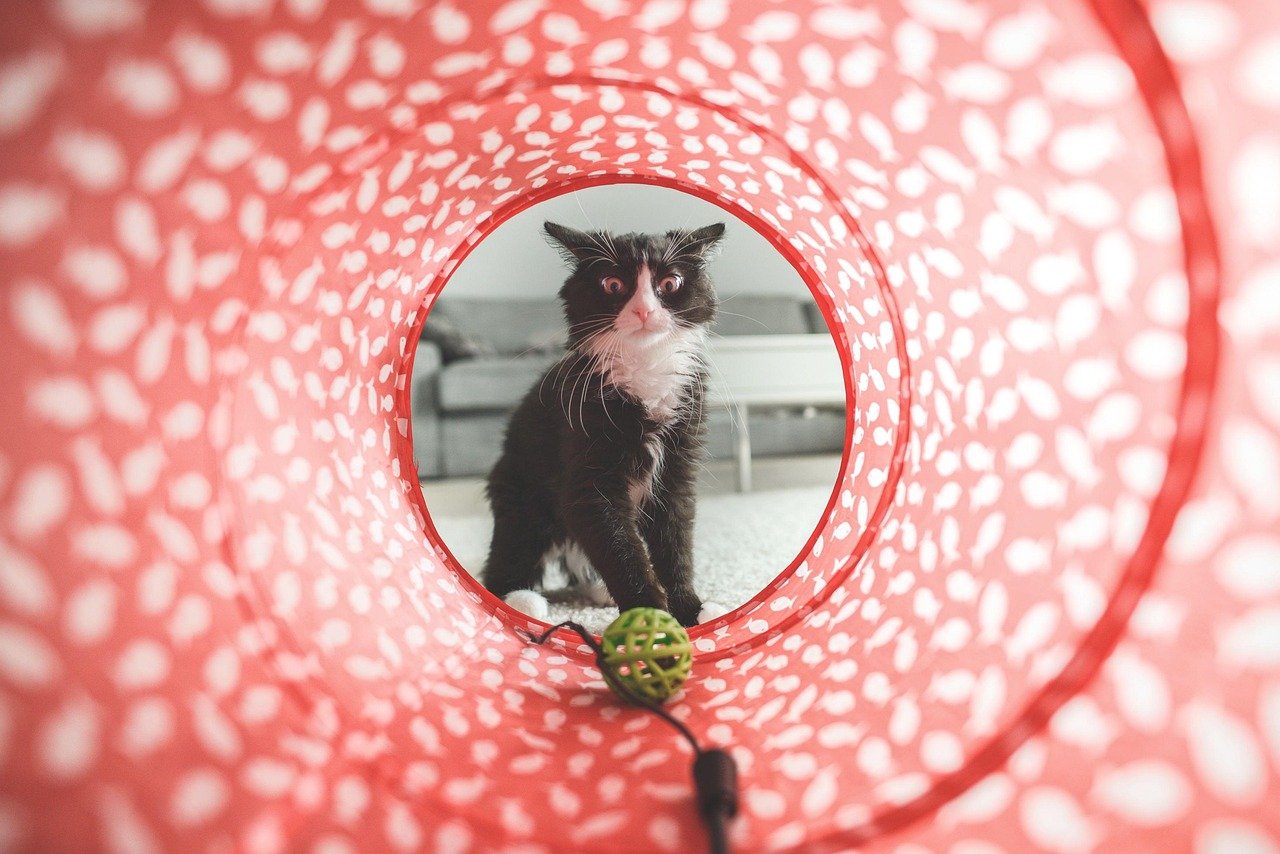
In emotionally safe environments, cats often exhibit more energetic play. They will chase toys, pounce on imaginary prey, and engage in playful antics with enthusiasm. This behavior indicates that they feel secure enough to express their natural instincts without fear. Much like children playing freely in a safe playground, cats enjoy letting loose and having fun when they feel comfortable. Encouraging playtime with your cat can reinforce their sense of safety and strengthen your relationship.
Exploring New Areas
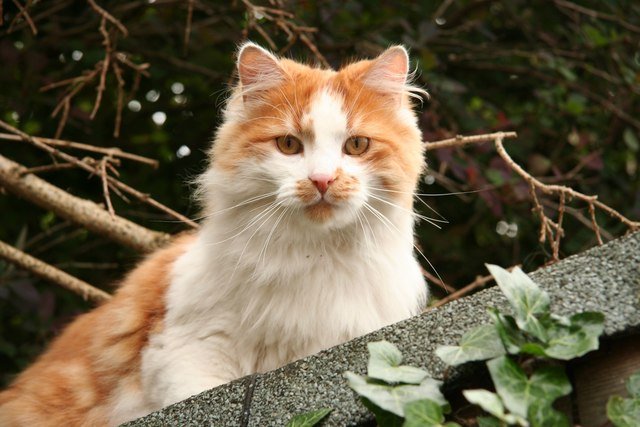
Cats are naturally curious, but in emotionally safe environments, they are more likely to explore new areas of their home. This exploration is a sign that they feel secure enough to venture into unknown territories without anxiety. It’s similar to a person feeling confident enough to try new experiences. Observing your cat investigate a new room or perch on a high shelf can be a testament to their sense of safety and their trust in the environment you’ve created for them.
Sleeping in Vulnerable Positions
Cats can be quite particular about where they sleep, but in emotionally safe environments, they will often sleep in vulnerable positions. You might find them sprawled out on their back, legs in the air, or curled up in the middle of a busy room. These positions indicate that they feel no threat and are comfortable enough to relax completely. It’s akin to a person falling asleep in a hammock, feeling secure and at peace. When your cat chooses to sleep near you or in an open space, it’s a sign of their trust in their environment.
Initiating Cuddles
Cats are not always known for being cuddly, but in emotionally safe environments, they may surprise you by initiating cuddles. When a cat seeks out your lap or snuggles up to you on the couch, it’s a sign of their affection and trust. This behavior is comparable to a person seeking a warm embrace from a friend. Cats who feel secure will often crave this close contact, enjoying the warmth and comfort it provides. Encouraging these cuddle sessions can further enhance your bond with your feline companion.
Displaying a Relaxed Tail
A cat’s tail can tell you a lot about their emotional state. In emotionally safe environments, you might notice your cat’s tail held high with a slight curve at the tip, indicating confidence and happiness. A relaxed tail is a sign that your cat feels secure and content. It’s similar to a person walking with a spring in their step, exuding positivity and assurance. Paying attention to your cat’s tail position can help you understand their comfort level in their environment.
Sniffing and Scent Marking
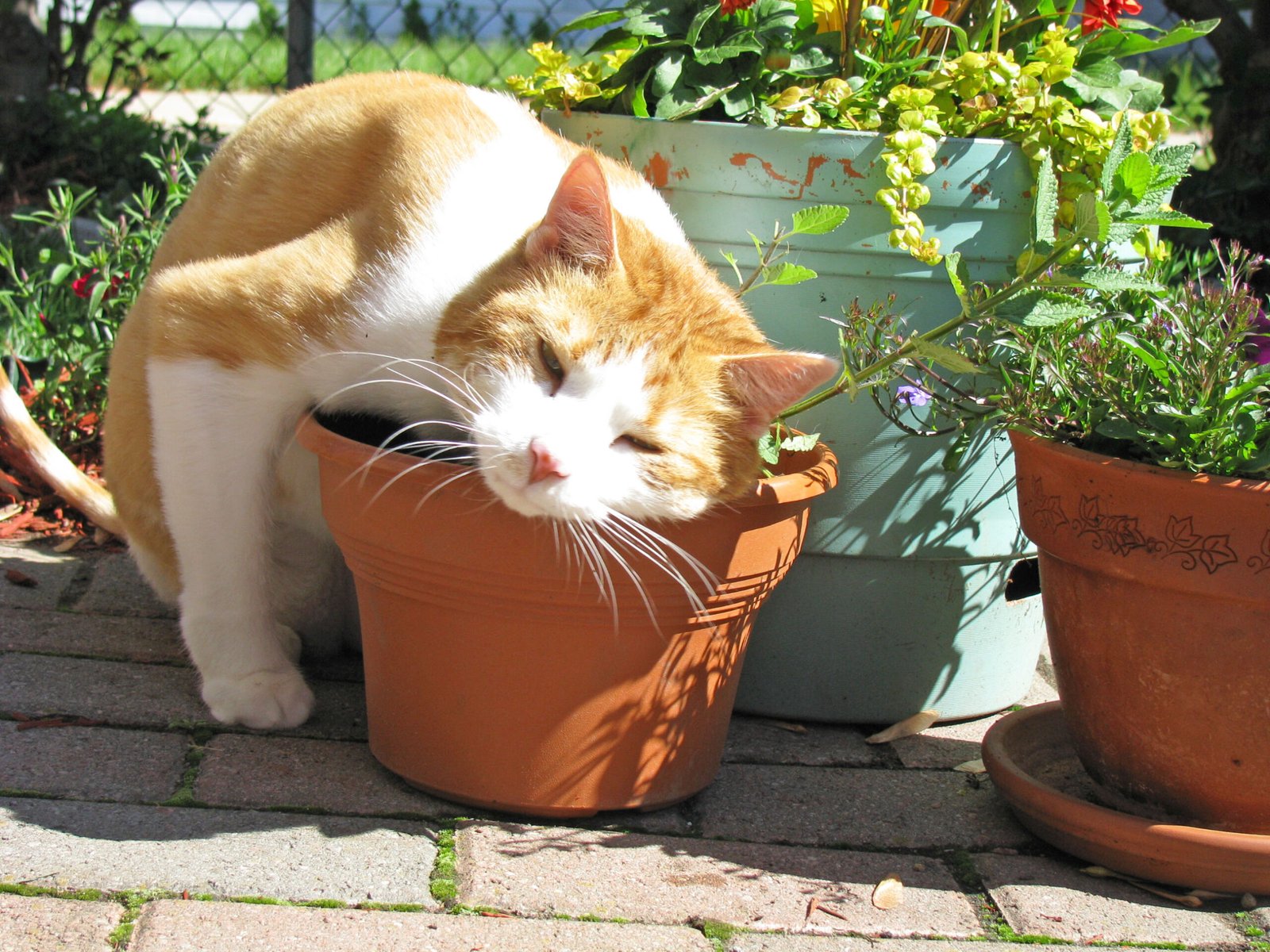
In emotionally safe environments, cats are more likely to engage in sniffing and scent marking. They may rub their face against furniture, corners, or even you to leave their scent. This behavior is a way for cats to claim their territory and reinforce their sense of security. It’s akin to a person decorating their home with personal touches, creating a space that feels like their own. Allowing your cat to scent mark can help them feel more comfortable and at ease in their surroundings.
Relaxing During Loud Noises
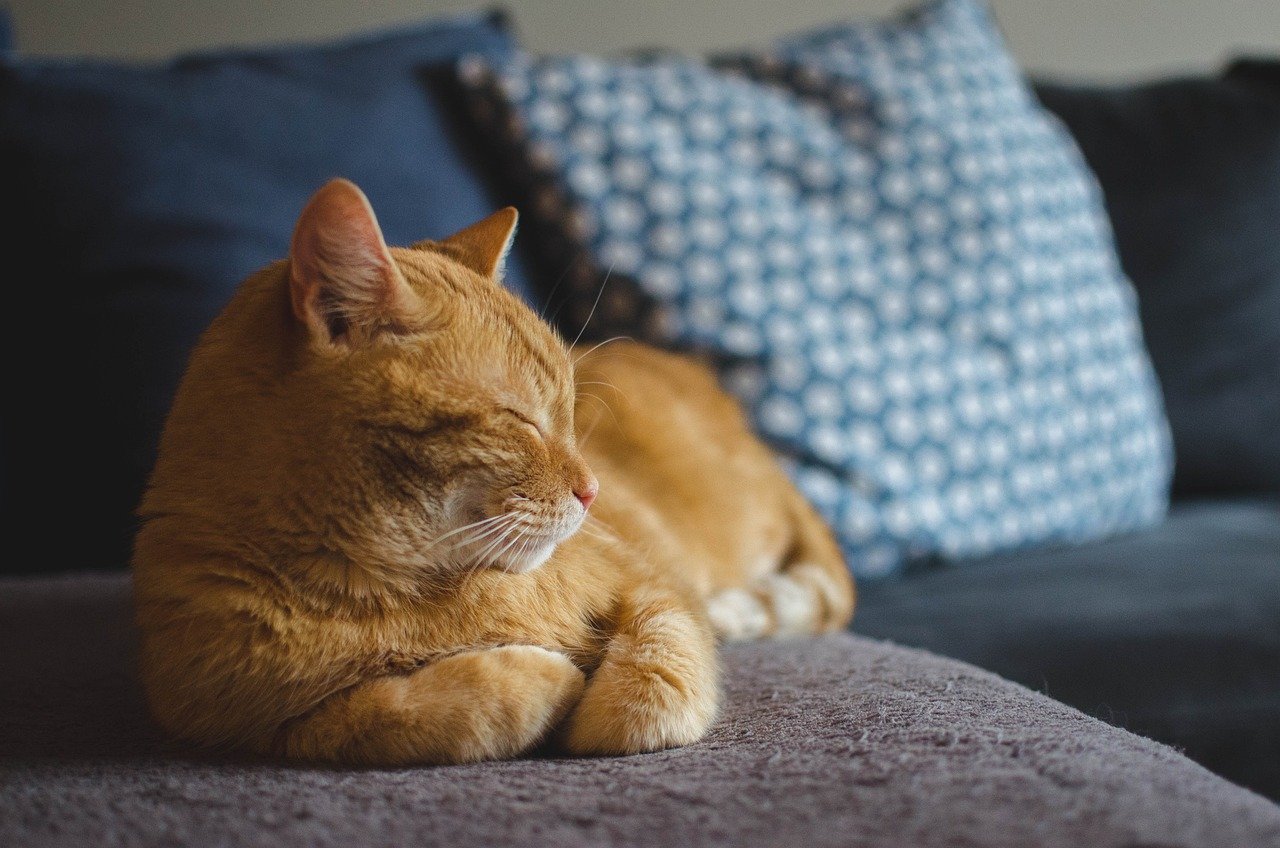
Cats are often sensitive to loud noises, but in emotionally safe environments, they may be more relaxed during such occurrences. Whether it’s the sound of a vacuum cleaner or a thunderstorm, a cat that feels secure will remain calm and composed. This behavior is similar to a person feeling unfazed by background noise when they’re in a familiar and safe setting. Observing your cat’s reaction to loud noises can be a testament to the sense of safety and comfort they feel in their environment.
Engaging in Mutual Grooming
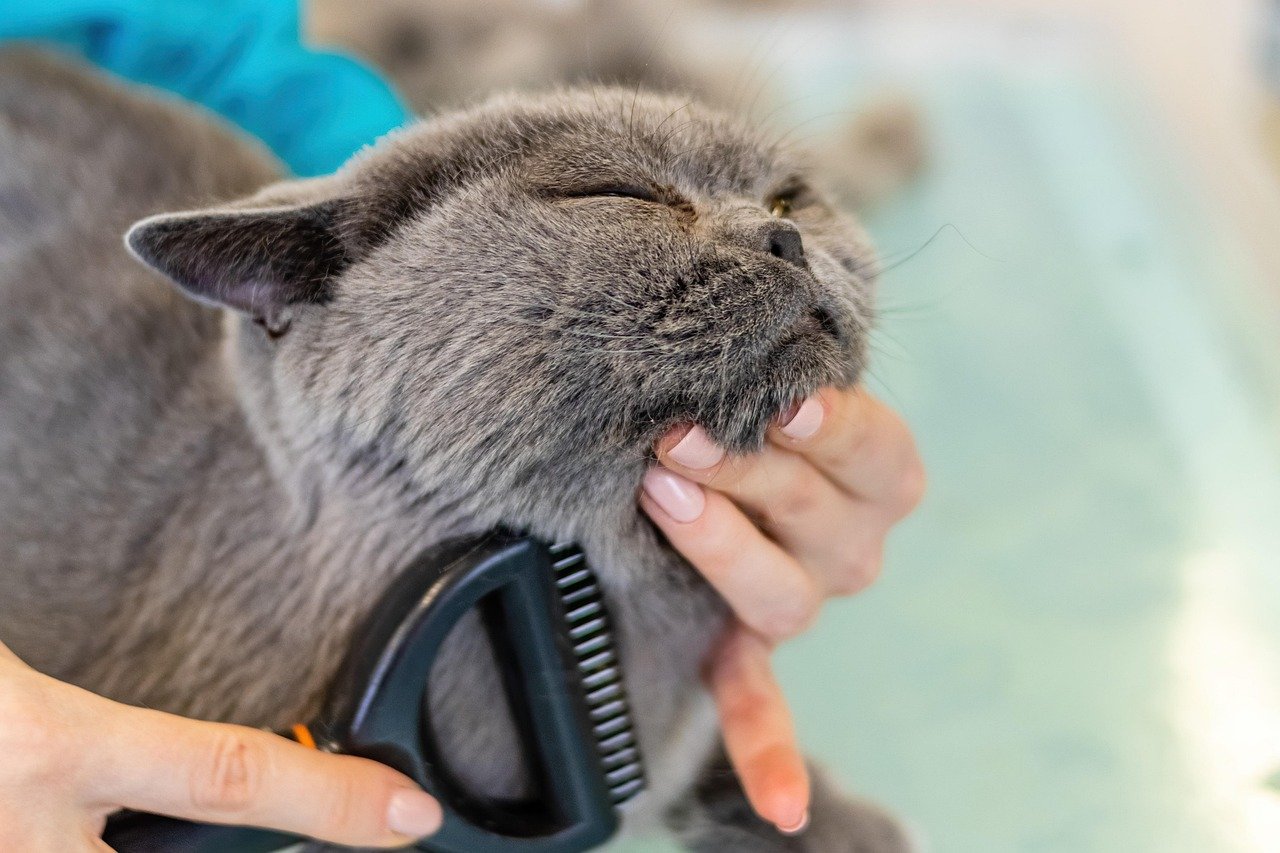
Mutual grooming, or allogrooming, is a behavior seen between cats who share a strong bond. In emotionally safe environments, cats may extend this behavior to their human companions by licking or gently nibbling on them. This act of grooming is a sign of affection and trust, akin to a person offering a comforting pat on the back. When your cat engages in mutual grooming with you, it’s a clear indication of their love and confidence in the relationship.
Using Their Litter Box Consistently
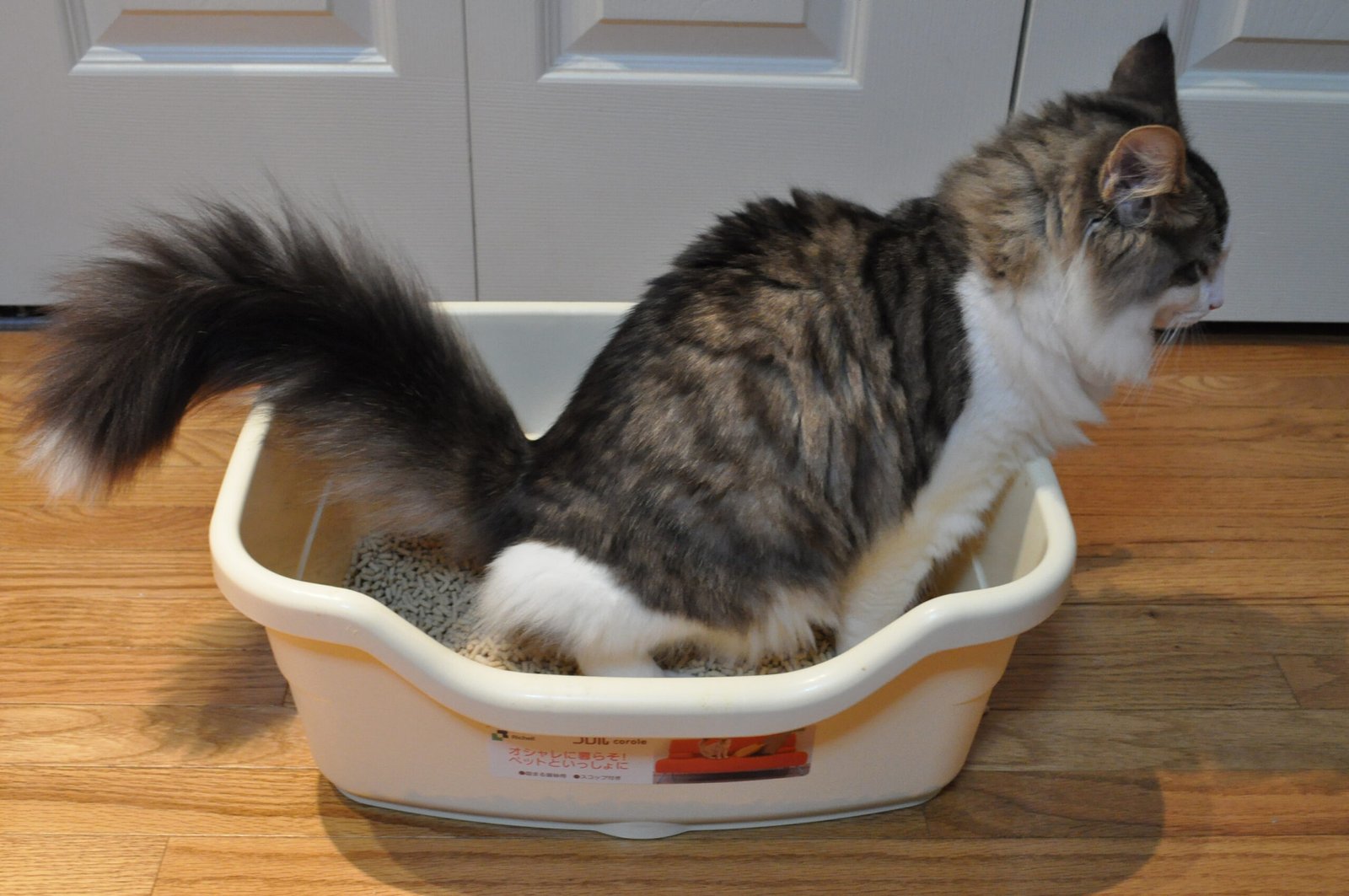
In emotionally safe environments, cats are more likely to use their litter box consistently and without issue. A cat that feels secure will maintain regular bathroom habits, as they are comfortable with their surroundings. This behavior is similar to a person feeling at ease in their own home, knowing they have a private and safe space. Ensuring your cat has a clean and accessible litter box can contribute to their sense of security and well-being.
Observing the World from a High Perch
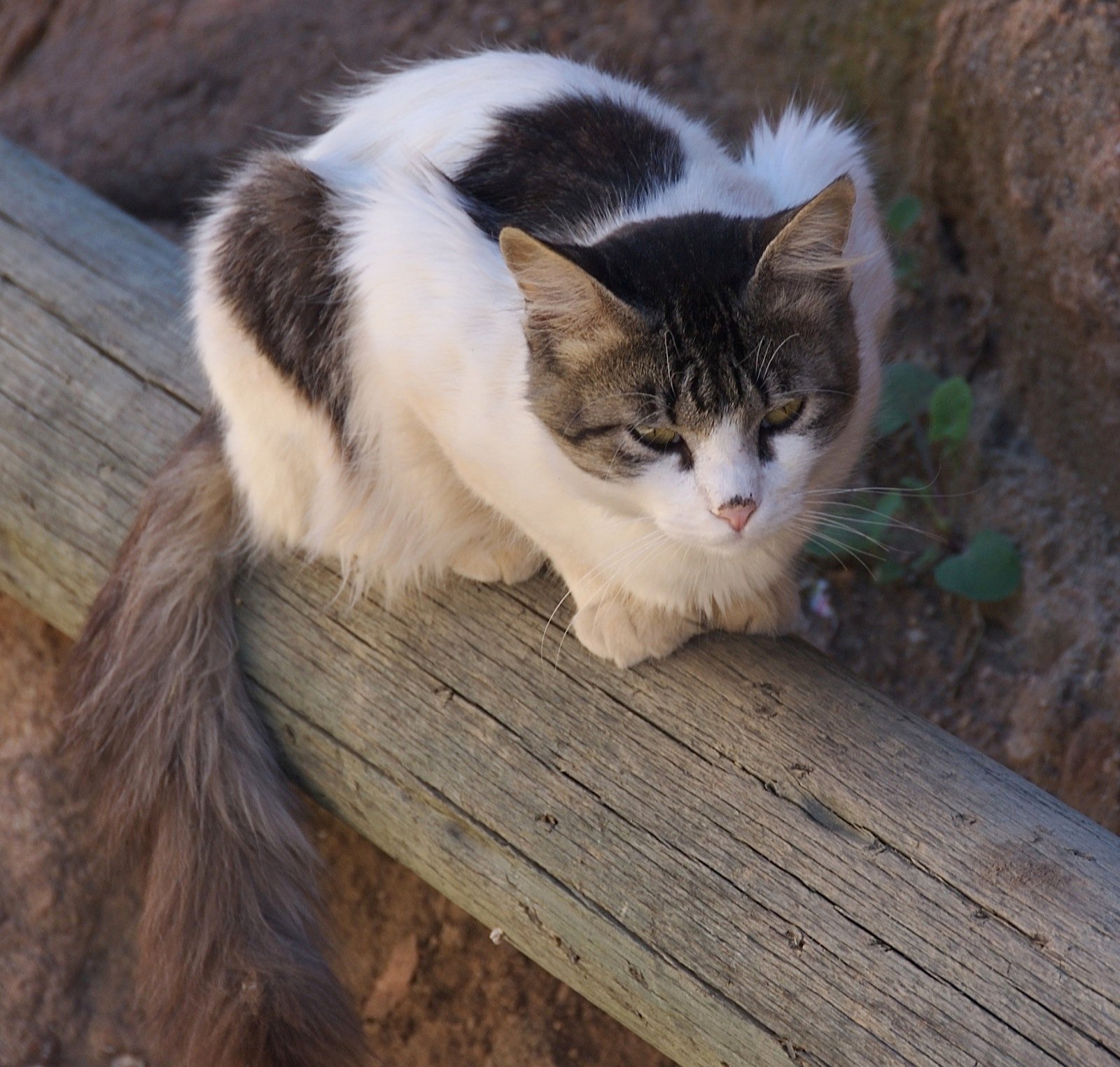
Cats often seek out high perches to observe their surroundings, and in emotionally safe environments, they may do so more frequently. From these vantage points, cats can watch over their territory and feel in control. This behavior is akin to a person enjoying a scenic view from a mountaintop, feeling both secure and empowered. Providing your cat with access to high perches can enhance their sense of safety and allow them to indulge in their natural instincts.
Displaying Whisker Relaxation
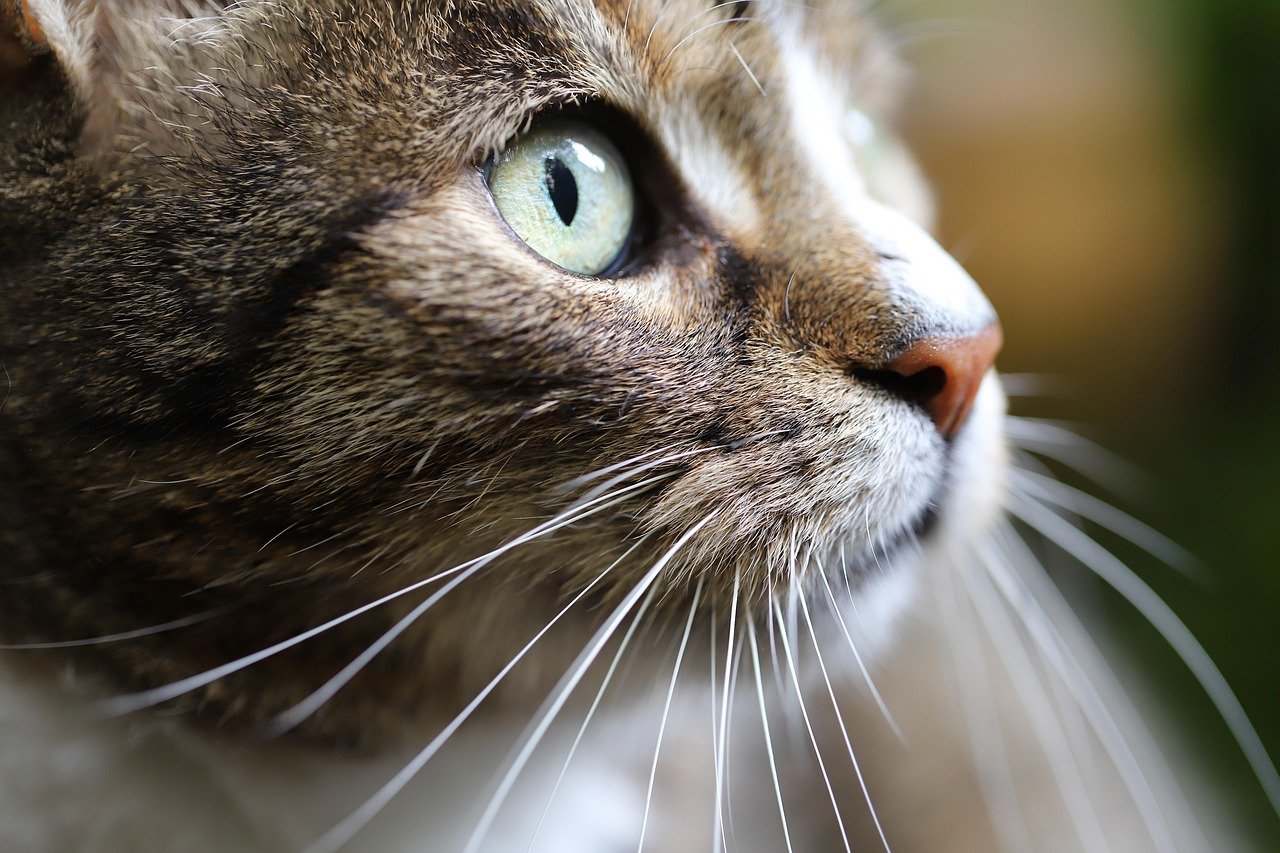
A cat’s whiskers are highly sensitive and can indicate their emotional state. In emotionally safe environments, you may notice your cat’s whiskers relaxed and slightly forward. This position suggests that your cat is comfortable and at ease, similar to a person smiling with contentment. Observing your cat’s whiskers can provide insight into their feelings of safety and security in their environment.
Accepting New People or Pets
In emotionally safe environments, cats are more likely to accept new people or pets with ease. A cat that feels secure will approach new situations with curiosity rather than fear. This behavior is similar to a person welcoming new friends into their home, feeling confident and open. By fostering an emotionally safe environment, you can help your cat feel more comfortable and adaptable to changes in their surroundings.
Hi, I’m Bola, a passionate writer and creative strategist with a knack for crafting compelling content that educates, inspires, and connects. Over the years, I’ve honed my skills across various writing fields, including content creation, copywriting, online course development, and video scriptwriting.
When I’m not at my desk, you’ll find me exploring new ideas, reading books, or brainstorming creative ways to solve challenges. I believe that words have the power to transform, and I’m here to help you leverage that power for success.
Thanks for stopping by, Keep coming to this website to checkout new articles form me. You’d always love it!






